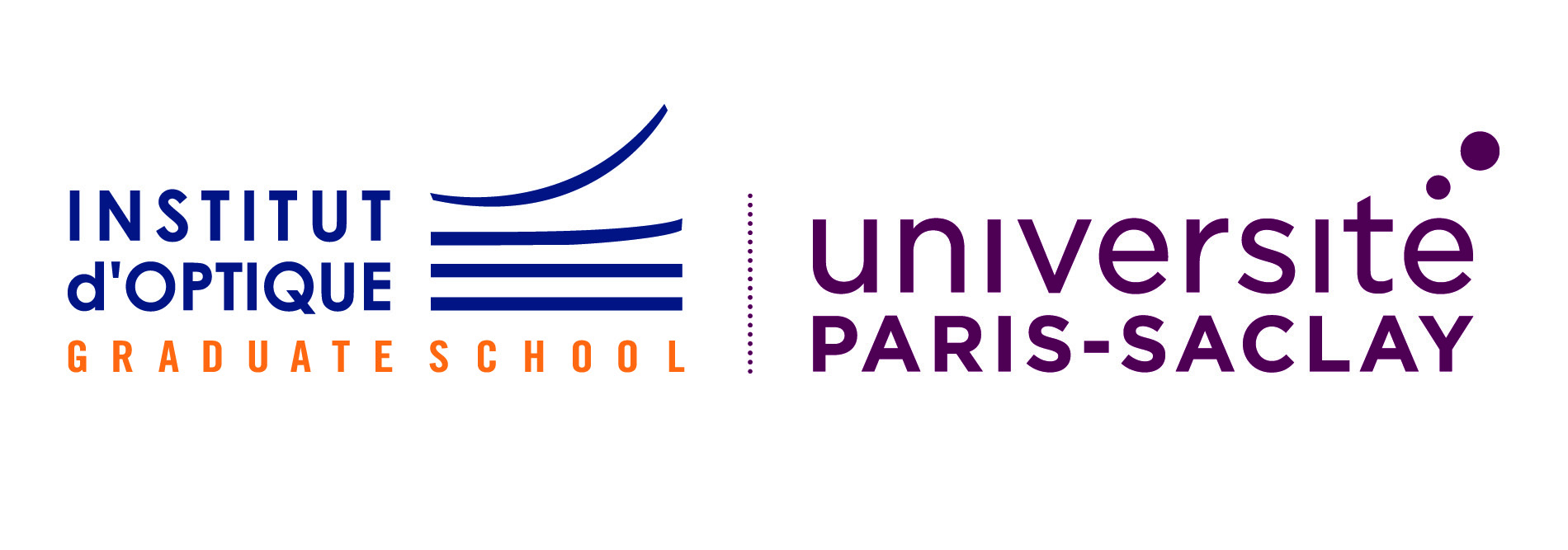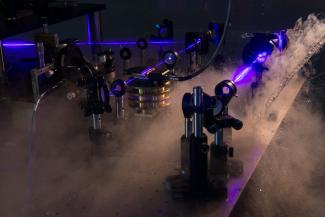The Institute of Optics Graduate School of Paris-Saclay is divided between two locations: the 503 photonics entrepreneurship center in Orsay and the main campus in Palaiseau, home to the School and the Charles Fabry research laboratory.
The School: Specialized Programs
All first-year students begin their studies at the Paris-Saclay campus, where they develop a strong foundation in science and general knowledge, explore various engineering careers, and define their future goals. In their second and third years, students can choose from specialized tracks focused on:
- light-matter interactions
- nanosciences
- signal and image processing
- advanced optical system design
Research: The Charles Fabry Laboratory
The Charles Fabry Laboratory, a joint research unit of the CNRS and the Institute of Optics Graduate School, is the historical heart of research at the Institute of Optics. Its research spans a wide range of optics and its applications, including:
- Biophotonics
- Quantum Gases Imaging and Information Lasers
- Nanophotonics
- Quantum Optics
- XUV Optics
- Nonlinear Photonics
- Industrial Photonics
Additionally, the Institute of Optics is a member of l’Université Paris-Saclay. Founded in 2019, the University of Paris-Saclay brings together 9,000 researchers and faculty members from various universities, institutions, and research organizations.
Finally, the Institute of Optics is the host institution of the Institute of Light Sciences, (l’Institut des Sciences de la Lumière), a virtual institute created to coordinate optics-related activities across the entire University.


